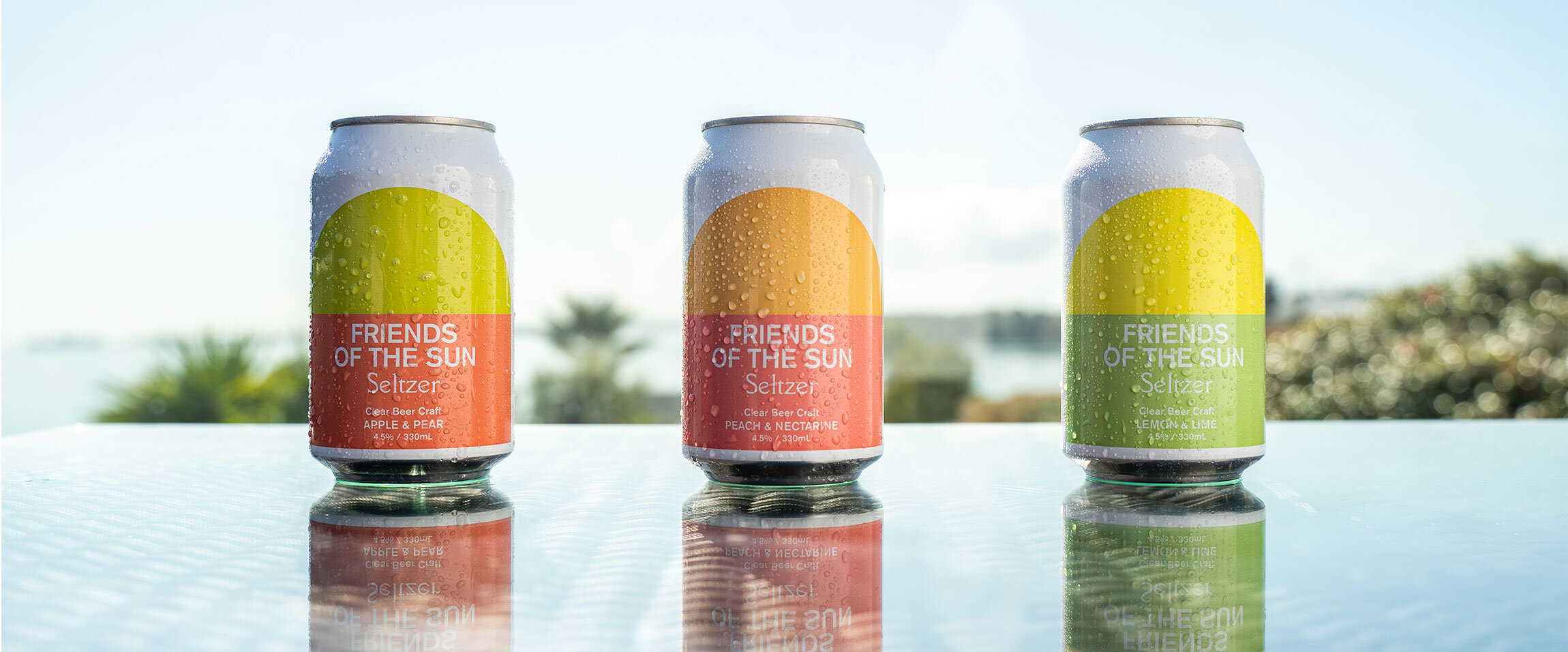Make some simple diet changes to lose weight, and manage your blood glucose
Fat and carbohydrates are the macronutrients that, when eaten in excess increase blood glucose and fat storage. This is exactly the combination of foods that has increased in the last 50 years of the obesity epidemic; highly refined starches and fats(9,10). Think about all the snack food and easy meals we grab; muffins, cake, cereal bars, savoury snacks, bakery products, pasta with creamy sauces, doughnuts, deep-fried foods, pizza, chocolate and ice-cream. Fat in these foods is often invisible. For example, a doughnut can contain around four teaspoons of oil, a small packet of French fries three teaspoons of fat.
A simple switch to unprocessed whole-food carbohydrates, primarily from colourful vegetables, fruit and fibre-rich starches like root vegetables, true whole grains and legumes will fill you up, digest slowly and thereby control blood glucose, as well as increase the nutrients in your diet.
Fat does not increase blood glucose. However, in excess, it gets tucked away in our fat cells. Fat eaten in its whole food form like nuts, seeds, egg yolks, and avocado is preferable as it is nutrient-rich and less easily overeaten.
To reduce hunger, while cutting calories, protein is your friend. Protein increases satiety more than fat or carbohydrates, by sending chemical signals to your brain where appetite is regulated. Protein is difficult to turn into fat. It also does not increase blood glucose. Eat a portion of protein at every meal, around a palm-size. Lean meat, poultry, fish, eggs, seafood, tofu, tempeh, or high protein yoghurts are good choices(11).
Protein is also essential for the healing process as all the cells in our body, including those in your bones, joints and muscles are made from amino acids, the building blocks of protein(12).
Nutrients that quell inflammation
The active process of switching off inflammation is done by anti-inflammatory mediators; cytokines and eicosanoids. Anti-inflammatory eicosanoids are made from the long-chain omega 3 fatty acids EPA and DHA(13,14). Long-chain omega 3 is found mainly in seafood, particularly oily fish like salmon, sardines, mackerel and tuna.
Australian studies show that 80% of us do not consume enough omega 3 in our diet(15). To make sure we get adequate omega 3 we need to eat oily fish at least 3 times a week or take omega 3 supplements. If you do not eat seafood or animal products, there are algae-based omega 3 supplements available. Quality is paramount when choosing an omega 3 supplement, as many off the shelf in New Zealand have high levels of oxidation and are poor quality(16). For people with high levels of inflammation, a daily high dose supplement is recommended(17). The upper limit is 3000mg of EPA plus DHA.
You may be aware that some plants sources, like flax oil, contain omega 3. However, this is in a short-chain form and is not able to be used to make the anti-inflammatory mediators until our body converts it to the active long-chain forms of EPA and DHA. Humans do not convert this well, which is why it is best to use EPA and DHA forms.
Polyphenols and antioxidants
Polyphenols are found in abundance in plant foods, and a number have been studied for their anti-inflammatory properties. Polyphenols reduce pro-inflammatory mediators and oxidative stress. They also slow joint damage in arthritis(18). Increase the polyphenols in your diet by eating a rainbow of plant foods, all the different colours are associated with different polyphenols. Specific foods to include are turmeric, garlic, green tea, olive oil, cocoa and berries(19). Aim for at least six fists or cups of colourful fruit and vegetables per day.
Micronutrients
All micronutrients (vitamins and minerals) are important for health, and we cannot build and repair our body’s tissues without the entire range of building blocks. Nutrient deficiencies impair a proper immune response to infection and slow our ability to heal. For example, magnesium deficiency(20) is associated with chronic inflammation, and deficiencies of vitamin K and D are associated with more severe osteoarthritis(21). A poor diet is associated with greater inflammation in rheumatoid arthritis, an autoimmune disease(22).
New Zealander’s diets are often deficient, with 25% deficient in zinc, around 30% have insufficient vitamin D levels, and in those with darker skin, up to 60% have inadequate vitamin D. Over one-third of males and half of females are deficient in selenium. For vitamin A, 23% of males and 12% of females are deficient(23).
A guideline to increasing nutrients in your diet
To get an entire spectrum of nutrients in your diet, ditch or decrease the highly processed foods and include:
Protein-rich foods, lean meats, poultry, eggs, and dairy, tofu, tempeh, a variety with seafood and shellfish at least three times a week. Aim for a palm-size at each meal. Bone broth or collagen is rich in certain amino acids that may help rebuild cartilage(24).
A rainbow of fibre-rich plant foods – legumes, lentils, true whole grains, colourful fruit and vegetables, mushrooms and seaweed. Aim for six fists or more of colour each day. Add plenty of herbs and spices, like ginger, garlic and turmeric.
Whole food fats; seeds, nuts, avocado, virgin olive oil, fish oil and egg yolks. Eat 1 -2 small handfuls of fat-rich food each day depending on your calorie needs.
Foods to ditch when fighting inflammation
Certain foods increase inflammation by either displacing nutrient-dense foods or supplying the building blocks of pro-inflammatory mediators.
As mentioned above – limit consumption of sugars and starches. You may need to be especially strict if you have prediabetes or diabetes. Think of removing white and beige foods – sugar, white grains, finely ground and processed flours and foods made from these.
Certain fats increase inflammation. Seed oils are high in the polyunsaturated fat omega 6, which is the building block of pro-inflammatory eicosanoids. The current western diet includes large amounts of omega 6 rich fat, as it is used widely in the food industry and in margarine. Seed oils high in omega 6 are safflower, sunflower and soybean oil. The imbalance of high omega 6 and low omega 3 tips our body towards inflammation. Using oils high in monounsaturated fats; olive oil, nuts and nut oils, avocado, and limiting processed foods will ensure you do not over-consume omega 6(25).
Fats used in deep frying vats, which are reheated many times, are especially damaging as they have high levels of oxidised and damaged fats, which increase inflammation(26). Avoid deep-fried foods in general.
Meats that are charred produce chemicals that are inflammatory. Slow-cooked or low heat cooking is preferable(27).
Supplements:
For those suffering from high levels of inflammation, supplementation can be a useful adjunct to diet. For example, certain plant extracts like curcumin reduce inflammation(28), as do higher levels of micronutrients like magnesium(20).
If you would like specific guidance for your situation, Julianne at Feel Fresh Nutrition would be happy to help.




























